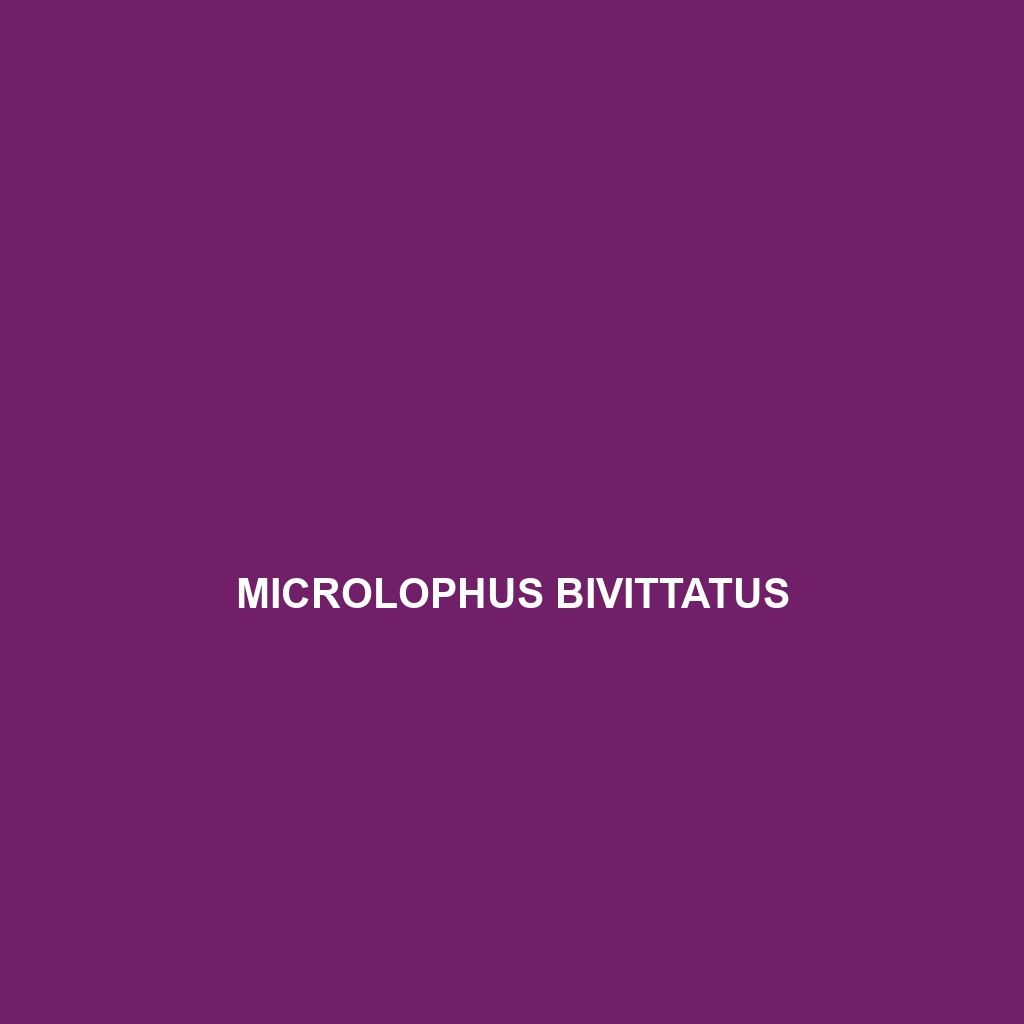Discover the Suriname tegu (Neusticurus surinamensis), a striking omnivorous lizard native to South America's rainforests and savannas, characterized by its flattened body and vibrant camouflage. This adaptable species plays a critical role in its ecosystem by controlling insect populations and aiding in seed dispersal.
Tag: lizard ecology
Microlophus bivittatus
<span><b>Microlophus bivittatus</b>, also known as the two-striped lava lizard, is a small, vibrant reptile native to the Galápagos Islands, recognized for its distinctive light stripes and adaptability to various habitats. Primarily insectivorous, these diurnal lizards play a crucial role in their ecosystem by regulating insect populations while providing a food source for larger predators.</span>
Mesalina bahaeldini
Discover the fascinating <b>Mesalina bahaeldini</b>, a slender lizard native to arid regions of the Middle East, known for its sandy brown coloration and exceptional adaptations to extreme temperatures. As an insectivore, it plays a vital role in its ecosystem by controlling insect populations and supporting biodiversity in its desert habitat.
Liolaemus yanalcu
Discover the Liolaemus yanalcu, a fascinating lizard native to the temperate forests of the southern Andes, exhibiting unique brown and green coloration with intricate patterns for camouflage. This insectivorous species, known for its territorial displays and ovoviviparous reproduction, plays a crucial role in its ecosystem by regulating insect populations and serving as prey for larger animals.
Liolaemus torresi
Liolaemus torresi, a moderately sized lizard native to central Chile's arid regions, showcases vibrant coloration and thrives in rocky terrains. This unique species is primarily insectivorous, exhibits fascinating diurnal behaviors, and plays a vital role in its ecosystem by controlling insect populations.
Liolaemus shitan
<b>Liolaemus shitan</b>, found in the temperate forests and savannas of the Andes, is a diurnal lizard that grows up to 15 cm, exhibiting iridescent scales and vibrant throat colors during mating. This insectivore plays a vital role in regulating insect populations and maintaining ecological balance in its diverse habitat.
Liolaemus reichei
<strong>Liolaemus reichei</strong>, also known as Reiche's Liolaemus, is a remarkable lizard found in the temperate forests of South America, characterized by its slender body, vibrant coloration, and distinctive throat pouch. This primarily insectivorous species plays a crucial role in its ecosystem by controlling insect populations and serving as prey for larger predators.
Liolaemus kriegi
Discover the fascinating Liolaemus kriegi, a resilient lizard native to the rocky terrains of southern Chile and Argentina. With its distinctive earthy coloration and diurnal behavior, this insectivore plays a crucial role in its ecosystem while showcasing unique adaptations for survival in varied habitats.
Liolaemus disjunctus
<b>Liolaemus disjunctus</b> is a small lizard, measuring 10 to 15 cm, primarily found in the temperate forests and savannas of Argentina and Chile. With a diet consisting of insects and occasional plant material, this adaptable species plays a crucial role in its ecosystem as both predator and prey, helping to maintain ecological balance.
Liolaemus abdalai
Introducing the Liolaemus abdalai, a captivating lizard native to the arid Atacama Desert in central Chile. Measuring 12 to 15 centimeters in length, it boasts a robust build and a unique coloration that allows it to blend seamlessly into its rocky habitat while playing a vital role in the ecosystem as both predator and prey.









